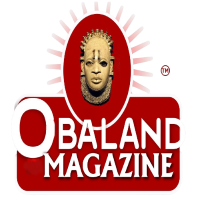According to statistics of the European economy has 50 countries and a market of more than 740 million people. Research shows the formation of the European Union in 1999 and the adoption of the Euro made the continent even more productive as it improved convenience and participation.
Most countries in Europe have GDP per capita higher than average those of the world. However, there is a divide between the countries behind the former Iron curtain and those of Western Europe. By 2010, Europe had $19.920 in nominal GDP, which represented 30.2% of the world economy. The European Union produced between 75 to 80% of the GDP of the continent, which is about $20 trillion.
Now the EU is currently the most significant and wealthiest economy in the world, beating the US by up to $2 trillion in 2008. Essential industries in Europe include the services sector, investment, and banking, tourism, manufacturing, and agriculture. The region currently has more than $33 trillion assets under management, which is more than a third of the entire Globe’s wealth.
Europe is the headquarters of 184 of the largest 500 companies by revenue on the Globe. In 2010 just as the effects of the financial crisis were wearing off, Europeans, particularly in Western Europe, enjoyed some of the highest standards of living in the world. The economy of Turkey is a newly emerging economy and is described as one of the world’s newly industrialized countries. The country is one of the world’s leading producers of agriculture, textiles, consumer electronics, motor vehicles, and transportation equipment. Since 2018, the Turkish currency, called the Lira, has been facing high inflation, increased borrowing costs, and rising loan defaults. As a result, Turkey has recently been facing a financial and currency crisis. Turkey is one of the founding members of the G-20 Major Economies and the Organization for Economic-Cooperation and development.
Turkey has the world’s 17th largest nominal GDP and the world’s 13th largest GDP by PPP. The GDP of Turkey is $766.4 Billion nominal, with 55% in services, 27% in industry, and 17.7% in agriculture and other resources.



